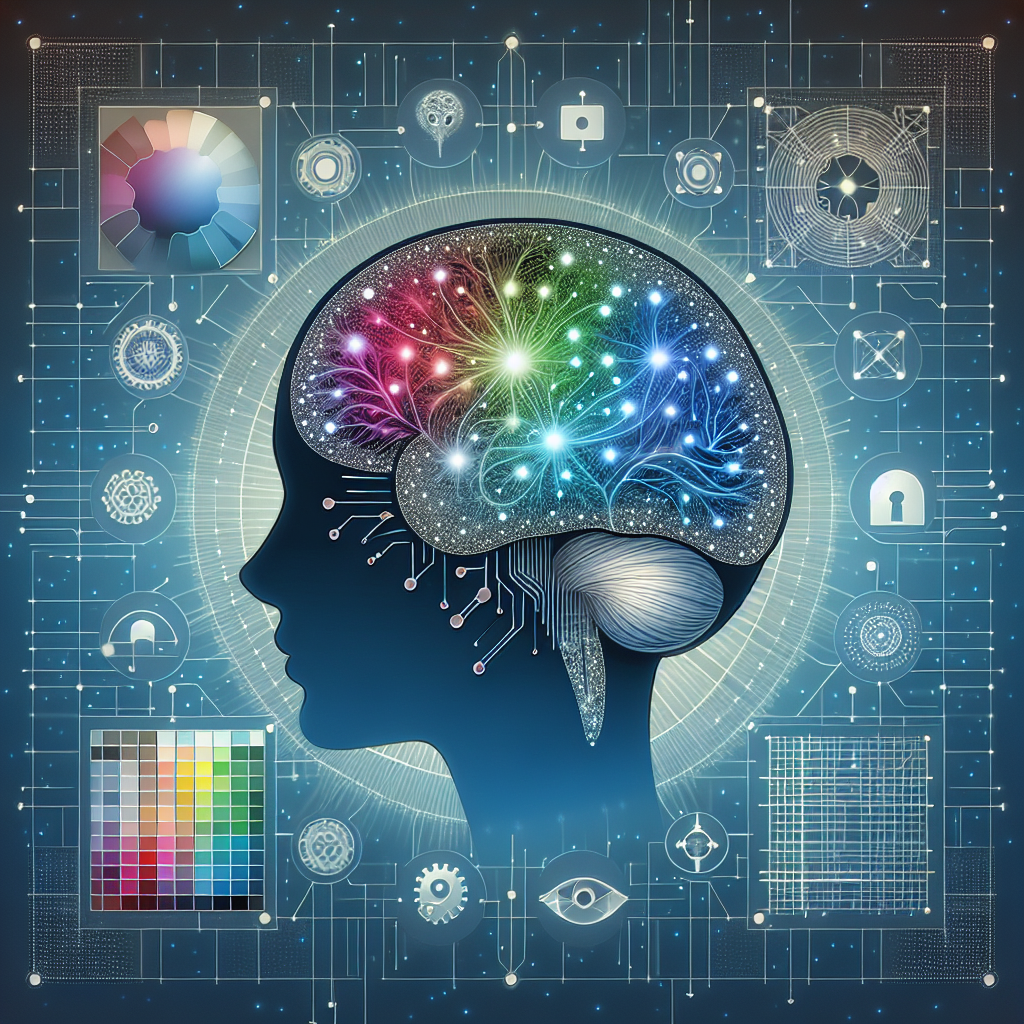In recent years, there has been a growing recognition of the importance of designing for neurodiversity in various fields, including technology, education, and healthcare. Neurodiversity refers to the idea that neurological differences, such as autism, ADHD, dyslexia, and other neurodevelopmental disorders, are a natural part of human diversity and should be accepted and accommodated rather than viewed as deficits that need to be fixed.
Designing for neurodiversity involves creating products, services, and environments that are inclusive and accessible to individuals with diverse neurological profiles. This can include making adjustments to accommodate different sensory needs, communication styles, and cognitive processes. Artificial intelligence (AI) has the potential to play a significant role in designing for neurodiversity by providing tools and technologies that can help bridge the gap between neurotypical and neurodivergent individuals.
One of the key ways in which AI can support neurodiversity is through personalized and adaptive learning systems. These systems use AI algorithms to analyze a user’s behavior, preferences, and learning style, and then tailor the learning experience to meet their individual needs. For example, a student with dyslexia may benefit from a text-to-speech tool that reads aloud text in a digital document, while a student with ADHD may benefit from a learning platform that breaks down information into bite-sized chunks to help them stay focused.
AI can also be used to create more inclusive design interfaces that are accessible to individuals with a wide range of abilities and preferences. For example, AI-powered chatbots can provide real-time assistance to users with communication difficulties, such as those with autism who may struggle with social interactions. AI can also help to automate repetitive tasks and streamline workflows, making it easier for individuals with cognitive disabilities to navigate digital interfaces.
In the healthcare sector, AI is being used to develop innovative solutions for individuals with neurodevelopmental disorders. For example, AI-powered diagnostic tools can help to identify early signs of conditions such as autism or ADHD, allowing for early intervention and support. AI can also be used to develop personalized treatment plans that take into account an individual’s unique neurological profile, improving outcomes and quality of life.
Overall, AI has the potential to revolutionize the way we design for neurodiversity by providing tools and technologies that can enhance accessibility, inclusivity, and personalized support for individuals with diverse neurological profiles. By leveraging the power of AI, designers and developers can create more inclusive and equitable experiences for all users, regardless of their neurodiversity.
FAQs:
Q: How can AI help individuals with autism?
A: AI can help individuals with autism by providing tools and technologies that support communication, social interactions, and daily living skills. For example, AI-powered chatbots can assist individuals with autism in navigating social situations and practicing conversation skills.
Q: How can AI support individuals with ADHD?
A: AI can support individuals with ADHD by providing tools that help them stay organized, focused, and on track. For example, AI-powered task management apps can help individuals with ADHD prioritize tasks, set reminders, and break down complex projects into manageable steps.
Q: Is AI being used in education to support neurodiversity?
A: Yes, AI is being used in education to create personalized and adaptive learning systems that cater to the individual needs of students with diverse neurological profiles. These systems use AI algorithms to analyze a student’s behavior, preferences, and learning style, and then tailor the learning experience to meet their unique needs.
Q: How can AI improve healthcare for individuals with neurodevelopmental disorders?
A: AI can improve healthcare for individuals with neurodevelopmental disorders by providing innovative diagnostic tools, personalized treatment plans, and support services. AI-powered diagnostic tools can help to identify early signs of conditions such as autism or ADHD, allowing for early intervention and support. AI can also be used to develop personalized treatment plans that take into account an individual’s unique neurological profile, improving outcomes and quality of life.

